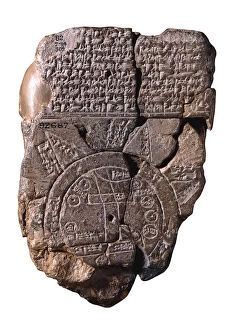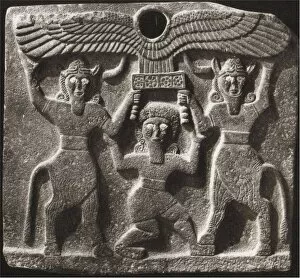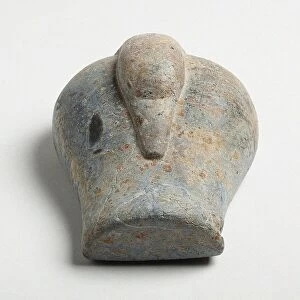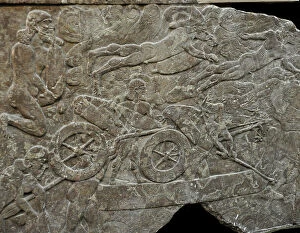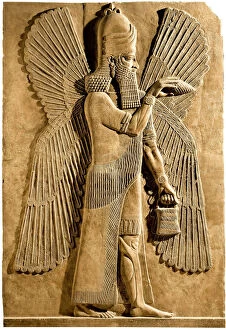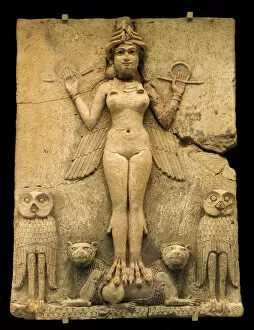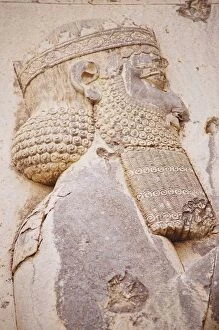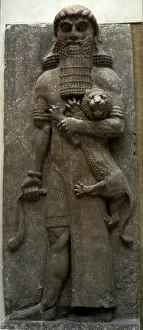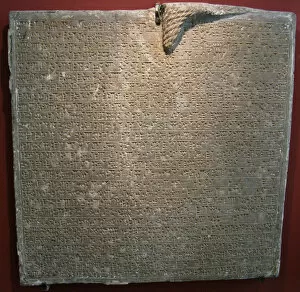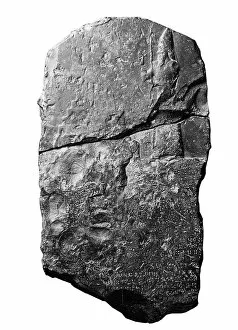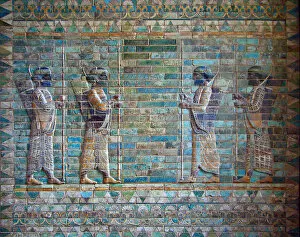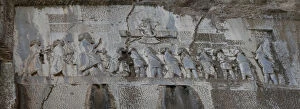Assyrian Art Collection
Assyrian Art: A Glimpse into the Ancient World Step back in time and immerse yourself in the captivating world of Assyrian art
For sale as Licensed Images
Choose your image, Select your licence and Download the media
Assyrian Art: A Glimpse into the Ancient World Step back in time and immerse yourself in the captivating world of Assyrian art. From intricate reliefs to majestic sculptures, these masterpieces offer a window into the rich history and culture of ancient Mesopotamia. One remarkable piece that showcases their advanced knowledge is "The Babylonian Map of the World. " Created around 510-500 BC, this map provides an astonishingly accurate depiction of various regions, proving their expertise in cartography. Another awe-inspiring creation is the "Winged genie, " found within the palace of King Sargon II. Crafted between 722-705 BC, this relief portrays a mythical being with wings symbolizing divine power and protection. The Archers frieze from Darius I's palace at Susa further highlights their artistic prowess. Dating back to 510-500 BC, it depicts skilled archers engaged in battle, showcasing both military might and artistic finesse. Intriguing mythological figures come to life through "Relief with two figures of Ashurnasirpal. " This masterpiece from 885-860 BC features winged beings alongside the god Ashur before the Tree of Life—a testament to their belief system and reverence for nature. The Winged Bull engraving transports us to Assyria itself—an emblematic creature representing strength and protection. Similarly, an Eagle-Headed Divinity engraving captures our imagination with its sacred tree motif—a symbol deeply rooted in Assyrian mythology. Orthostates depicting Gilgamesh between minotaur demigods captivate viewers with their symbolic representation. These stone slabs from Tell Hal depict Gilgamesh holding up a sun disc—an embodiment of his heroic status as he battles against formidable forces. A bas-relief featuring King Darius I offers insight into royal portraiture during this era—meticulously carved details bring forth his regal presence and authority.

